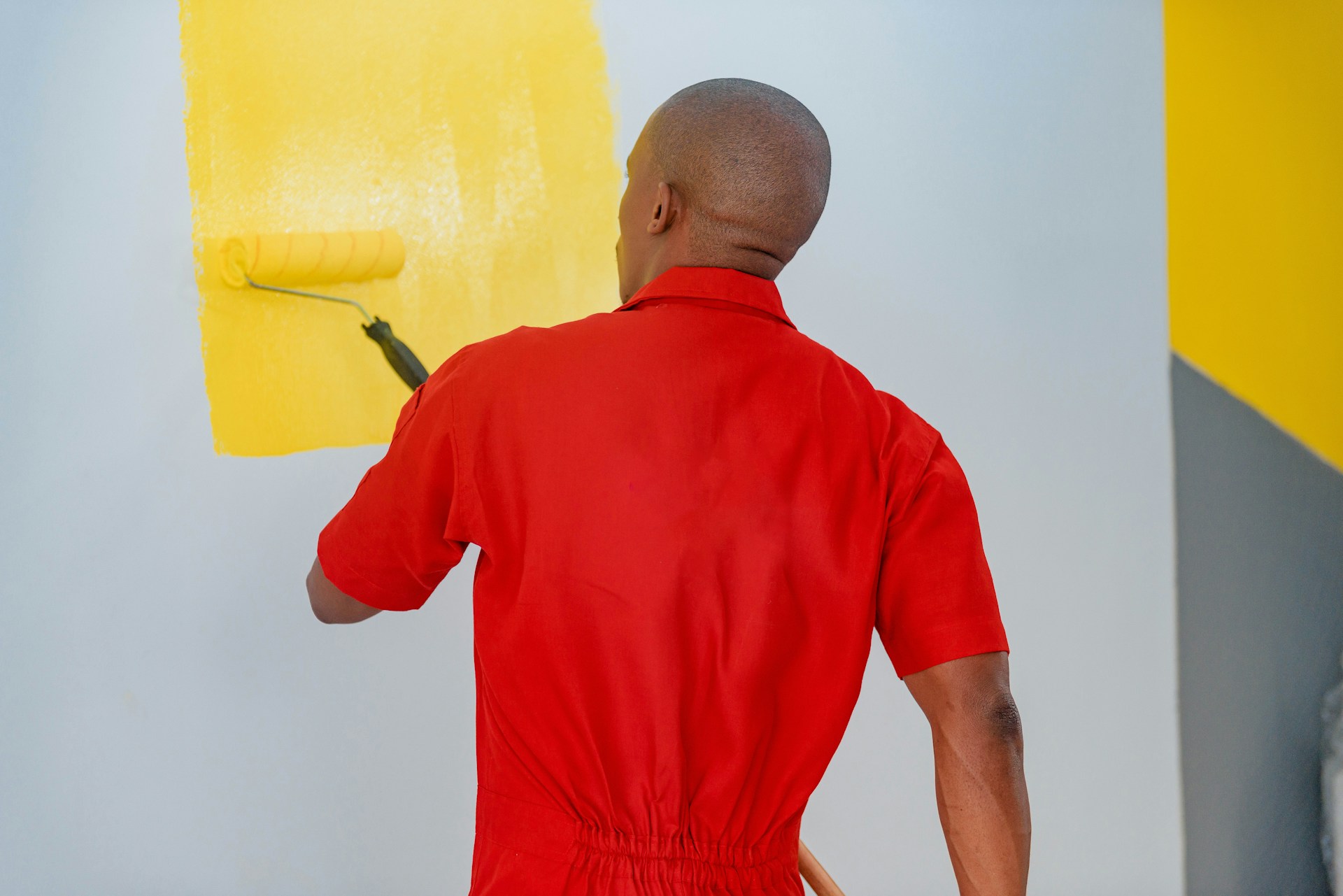The colors we choose for our living spaces have a profound impact on our emotions, moods, and overall atmosphere. Color psychology, the study of how color influences human behavior and emotion, provides valuable insights for homeowners looking to create the perfect ambiance in their Davis, CA homes. By understanding the psychological effects of different colors, you can make informed decisions when selecting interior paint shades that not only match your personal style but also promote a positive and well-balanced environment.
In this informative guide, we will delve into the world of color psychology and its impact on interior paint choices, helping you create living spaces that accurately reflect your desired atmosphere and evoke the desired emotional responses. From the energetic hues of red and orange to the calming tones of blue and green, explore the relationship between color and emotion, and learn how the right paint choices can influence the overall ambiance of your home.
Understanding the Psychological Effects of Color
To make informed interior paint choices, it is essential to understand the psychological effects of various colors on our mood and emotions. While personal preferences and cultural factors play significant roles, the following insights provide a general guide to the emotional impact of different color families:
1. Warm Colors: Warm colors, such as red, orange, and yellow, induce feelings of excitement, energy, or even aggressiveness. They can bring warmth and coziness to a room, making it feel more inviting. However, use warm colors in moderation, as they can also be overstimulating or overwhelming in large quantities.
2. Cool Colors: Cool colors, such as blue, green, and purple, evoke sensations of calmness, tranquility, and harmony. These colors are ideal for creating serene and peaceful spaces, promoting relaxation and well-being. However, avoid excessively cool tones in large quantities, as they may create a sense of coldness or detachment.
3. Neutral Colors: Neutral colors, such as grey, beige, and white, provide an excellent backdrop for any design style and promote a sense of balance, stability, and cleanliness. Mixing neutral shades with accent colors helps create a harmonious and visually appealing space.
4. Bold Colors: Bold colors, such as vibrant shades of red, blue, or green, can have a strong impact on mood and emotions. These colors can be inspiring and energizing, but they also need to be used thoughtfully and sparingly to avoid overpowering a room.
Selecting Colors for Different Spaces in Your Home
Incorporating color psychology principles into your interior paint choices means selecting colors that enhance the intended purpose and atmosphere of each room in your home:
1. Living Room: The living room is a communal space where families gather for relaxation and socializing. Opt for warm, inviting hues, such as earthy browns, oranges, or deep reds to create a comfortable, welcoming atmosphere. You can also incorporate cooler tones like blues and greens for a calming effect, balancing the space with neutral shades for a harmonious appearance.
2. Bedroom: The bedroom is a sanctuary for rest and rejuvenation. Cool, calming tones like blues, greens, and purples can promote relaxation and sleep. Alternatively, aim for soft, muted shades that avoid overstimulating the senses, creating a serene retreat to unwind at the end of the day.
3. Kitchen: The kitchen is often considered the heart of the home, where families gather to cook, eat, and socialize. Warm colors like yellows and reds can stimulate appetite and encourage conversation, while cooler tones like green or blue can add a refreshing, vibrant contrast.
4. Home Office: Create a focused, productive environment in your home office with calming neutrals or muted shades of blues and greens. These colors promote clarity, concentration, and a sense of tranquility, helping you stay focused and relaxed during work hours.
Working with a Professional Color Consultant
Seeking the expertise of a professional painting company like Alan’s House Painting can provide valuable guidance in navigating color psychology and making informed paint choices:
1. Personalized Recommendations: A professional color consultant can help you better understand your personal preferences, priorities, and desired atmosphere, providing tailored recommendations that will complement your overall design style.
2. Color Harmony: Achieving balance and harmony between colors is crucial in creating a visually appealing and emotionally engaging space. A professional consultant can guide you in selecting complementary and contrasting hues that work harmoniously together.
3. Material Considerations: Different materials and textures can impact the perception of color in a room. A professional consultant can ensure that your chosen colors complement your existing furnishings, finishes, and materials for cohesive and harmonious results.
4. Tried and Tested Methods: Experienced professionals understand the nuances of color psychology and how its principles apply in real-life settings. By partnering with a professional consultant, you can trust that their recommended paint choices are based on proven methods backed by experience and expertise.
Conclusion
Color psychology plays a critical role in our emotional well-being and provides valuable insights for making informed interior paint choices that create the ideal ambiance within your Davis, CA home. By understanding the psychological effects of various colors and selecting shades that align with the intended purpose and atmosphere of each space, you can create a harmonious, balanced, and visually appealing environment perfect for your unique lifestyle and needs.
Trust the professionals at Alan’s House Painting to guide you through the exciting world of color psychology, assisting you in cultivating the perfect living spaces that accurately reflect your personal style and preferences. Reach out to our talented interior house painters today to embark on your journey to create the ideal atmosphere in your home, harnessing the power of color psychology to transform your everyday living experience.





